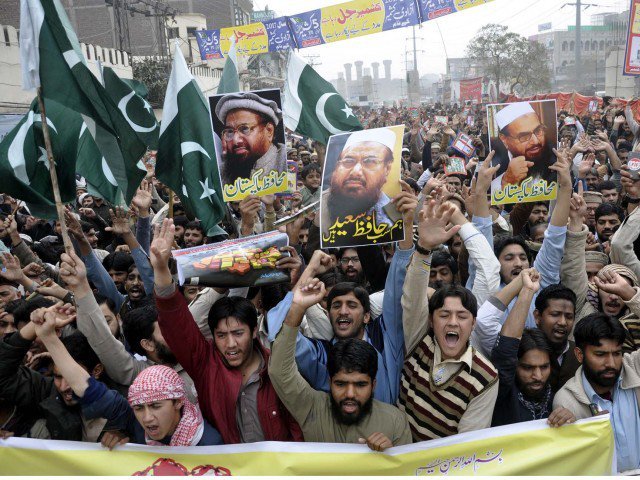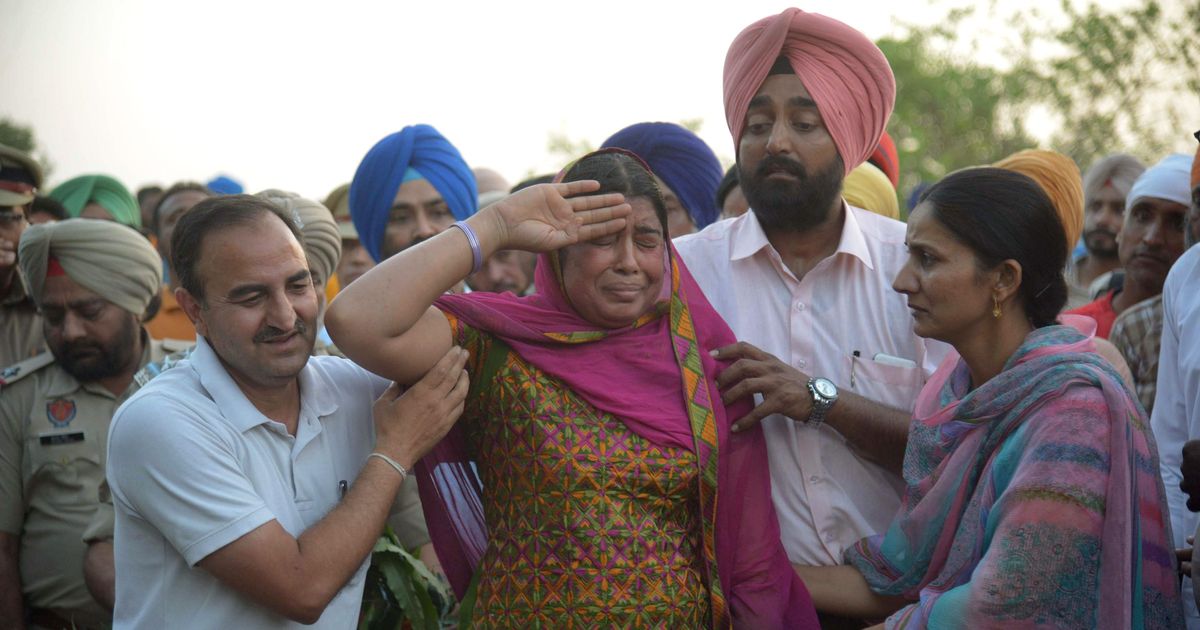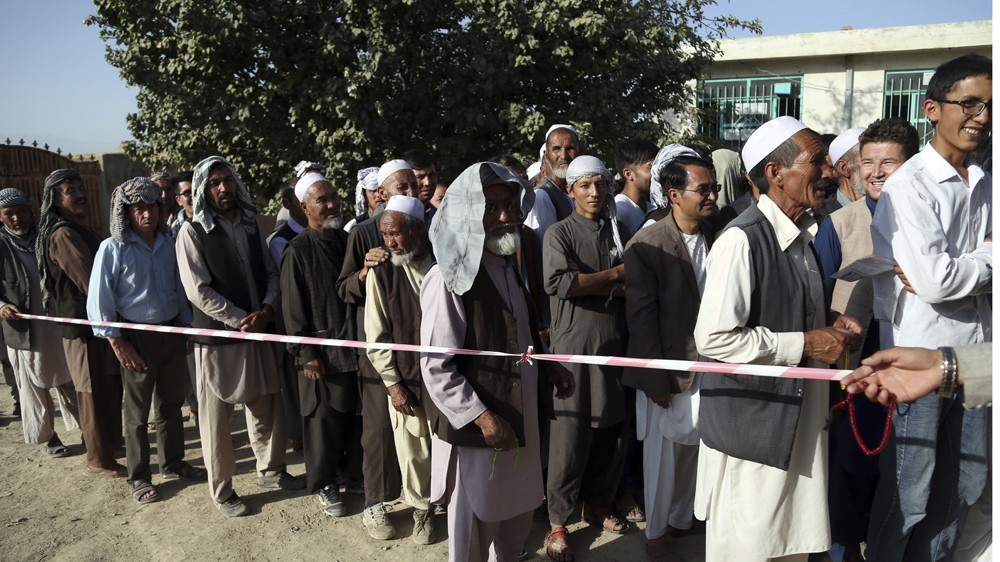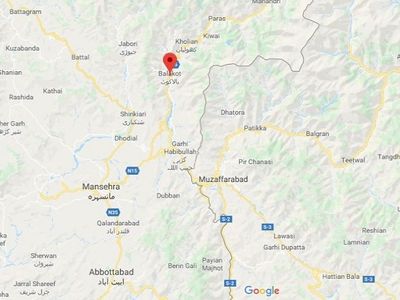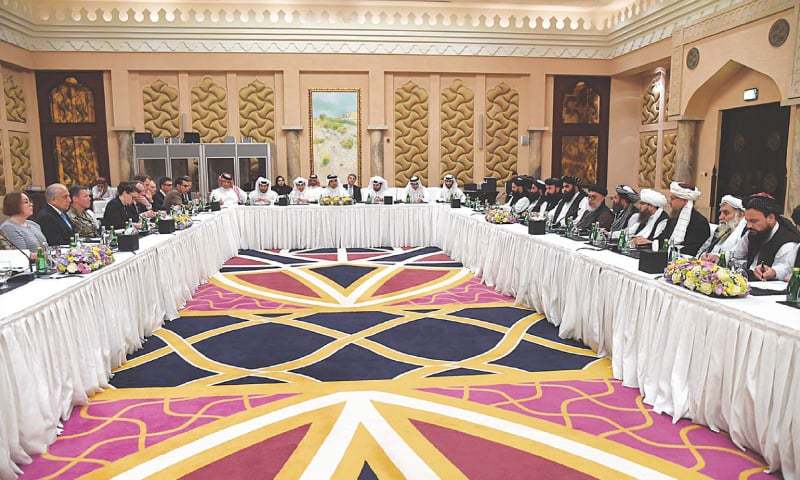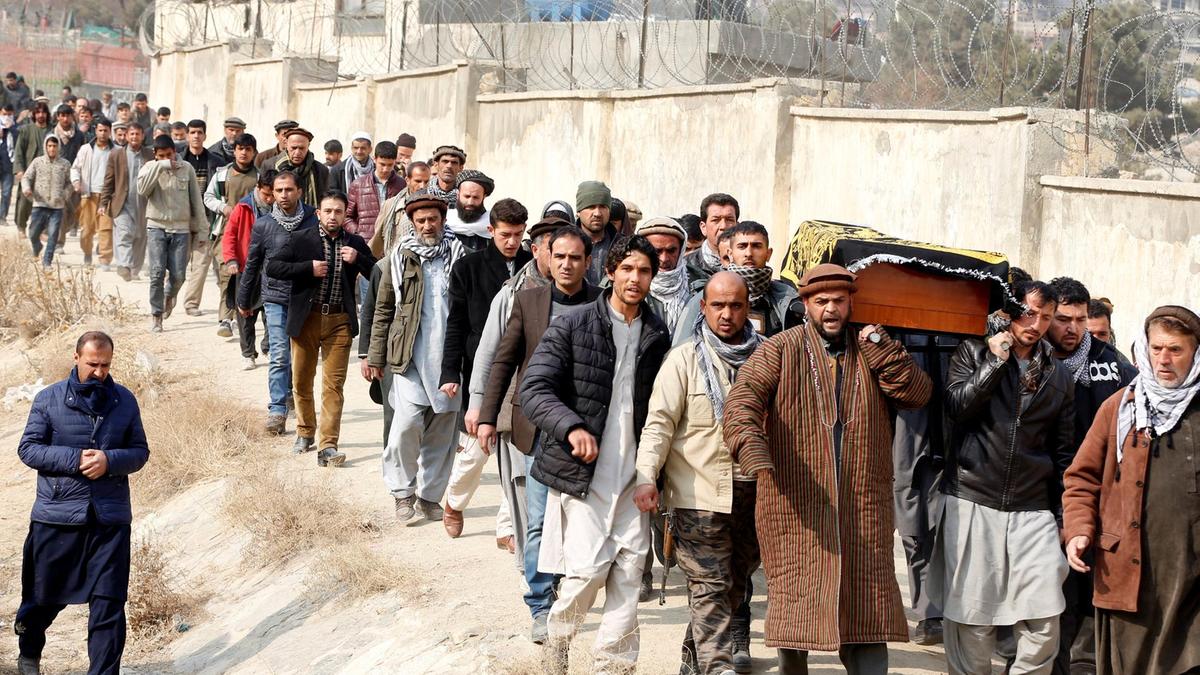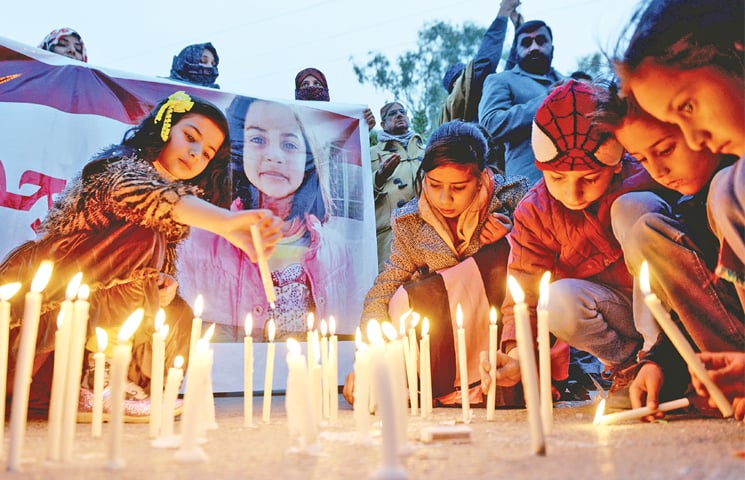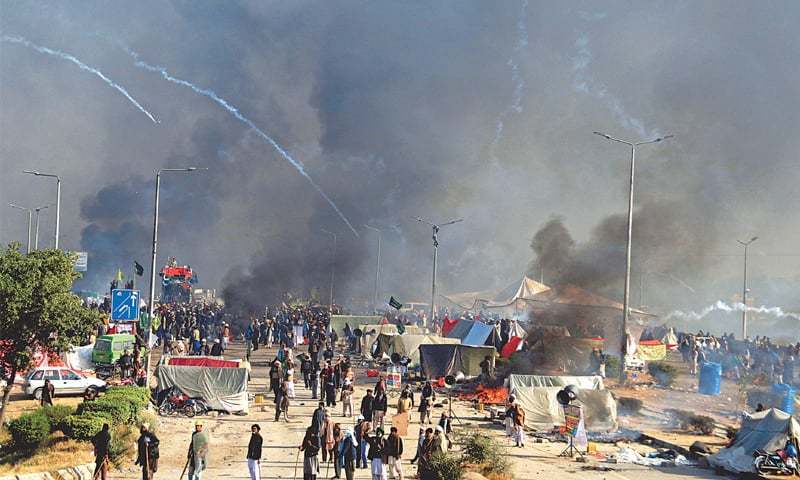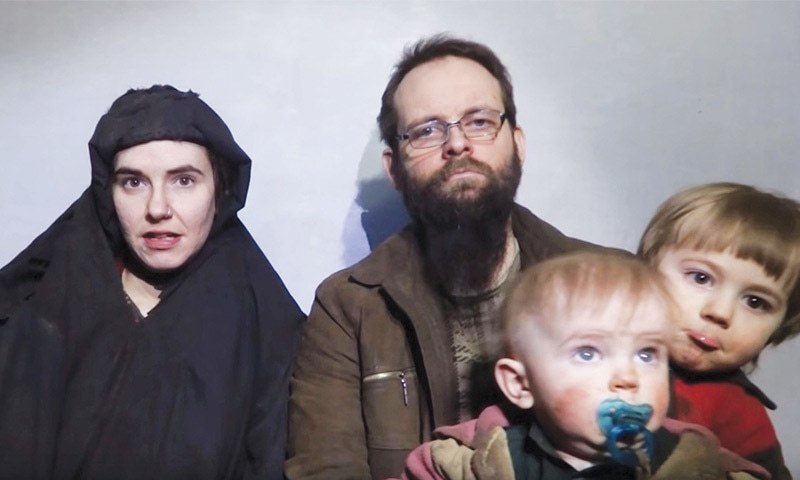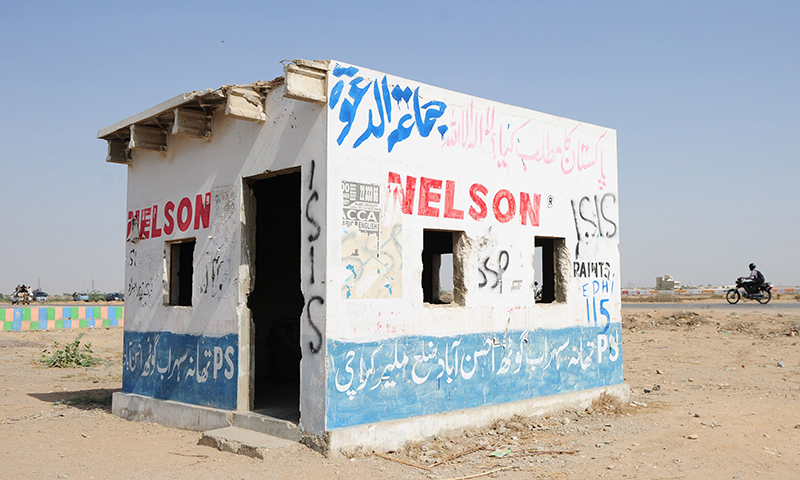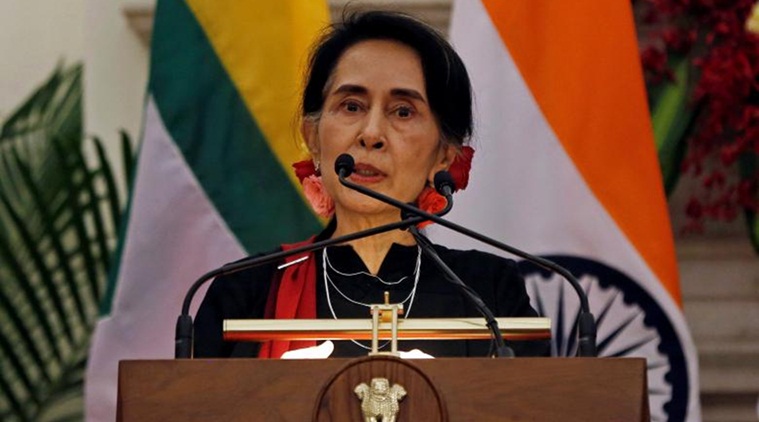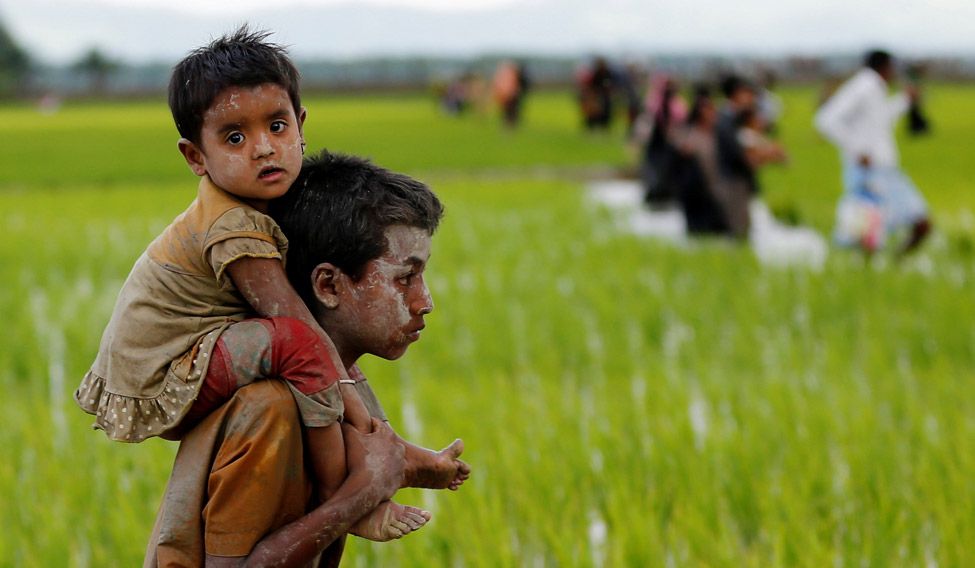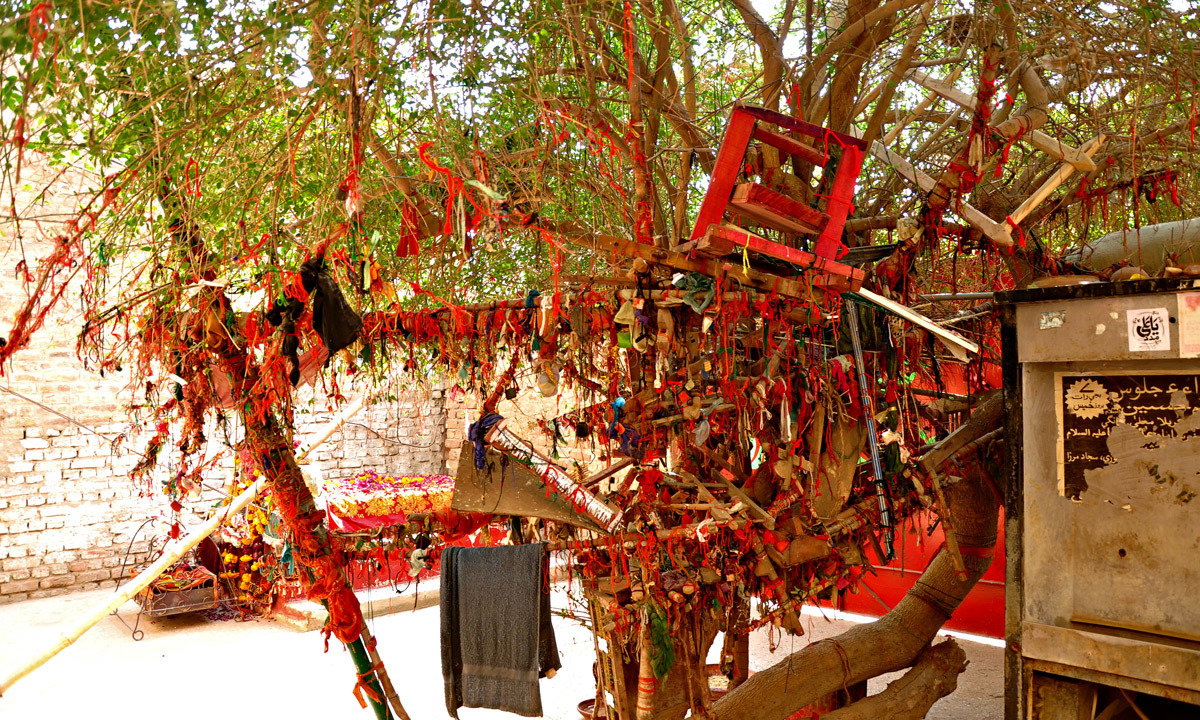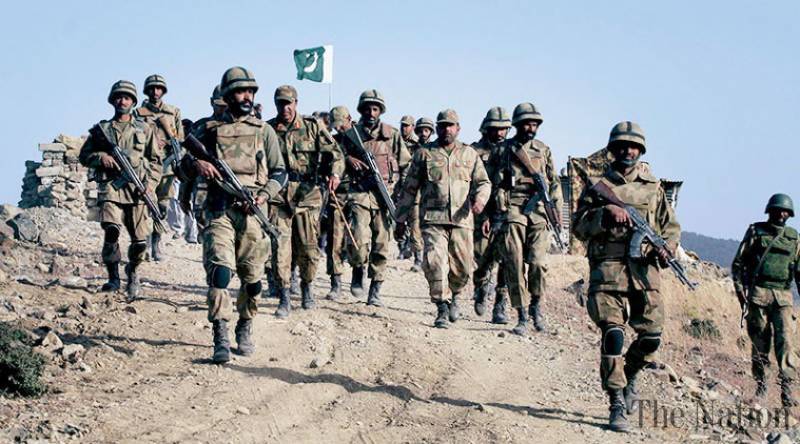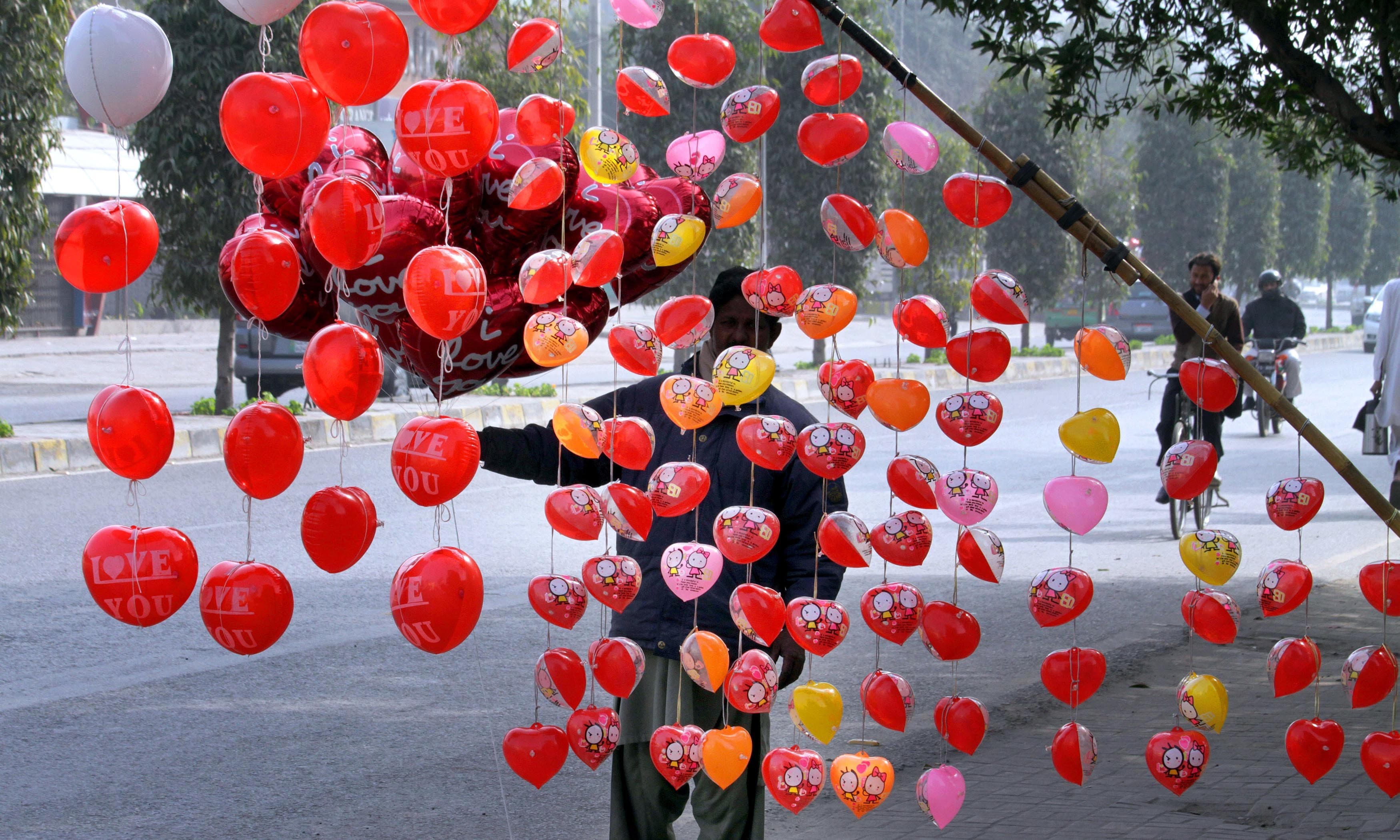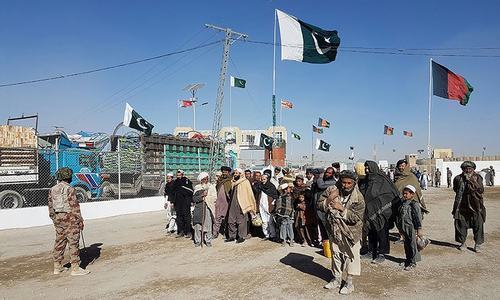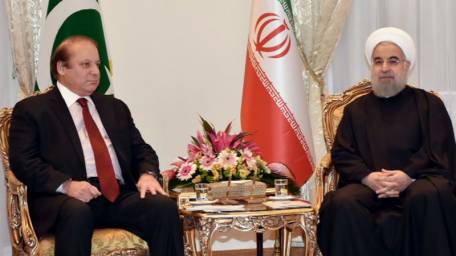CR Brief
D. Suba Chandran
Professor
International Strategic and Security Studies Programme (ISSSP)
National Institute of Advanced Studies (NIAS), Bangalore
The decision to keep Hafiz Saeed under house arrest, without a proper FIR, came as a surprise. What did Hafiz do lately, which the Pakistani authorities were unaware in the recent years? Did the pressure from US, especially the Trump administration and the fear of a possible ban forced Pakistan to act against Saeed, JuD and the Falah-ilnsaaniat Foundation (FiF)?
Now having initiated an action against the individuals and organisations associated with Hafiz Saeed, will Pakistan follow it through? Or, will this witness what happened previously – house arrest, court case, dreadful investigation and insufficient proof leading to Hafeez getting a clean legal chit?
Whether real or otherwise, what are the likely fallouts of Hafiz Saeed’s detention? Instead of undermining, will this enhance his position and increase the popularity of the JuD within Pakistan?
Between 2008 and 2017: What has changed now?
It is not a simple house arrest this time. According to available media reports, it is not only Hafiz Saeed, but a host of other leaders as well from the JuD. They have also been placed on the Exit Control list of the government; and the organizations placed on a watchlist for six months under the anti-Terrorism Act.
During the last decade, there have been numerous international sanctions against Hafiz Saeed and his JuD – both in the United Nations and outside. Way back in March 2012, the UN Security Council (al Qaeda Sanctions Committee) added Hafiz Saeed as an individual affiliated to the al Qaeda; it also included the Lashkar-e-Toiba and Jamaat-ul-Dawa (JuD) as entities associated with him. The sanction clearly talks about assets freeze, travel ban and arms embargo. The March 2012 update of the UNSC was in pursuant of the earlier resolutions of the UNSC 1267 and 1989 adopted in 1999 and 2011 respectively, adopted under Chapter VII of the Charter of the United Nations.
Elsewhere, another release by the UNSC, also provided a narrative for the listing of Hafiz Saeed, and clearly nails the problem. According to the document, “Hafiz Muhammad Saeed was listed on 10 December 2008 pursuant to paragraphs 1 and 2 of resolution 1822 (2008) as being associated with Lashkar-e-Tayyiba (QDe.118) and Al Qaida (QDe.004) for ‘participating in the financing, planning, facilitating, preparing or perpetrating of acts of activities by, in conjunction with, under the name of, on behalf or in support of’ both entities.” The same release also highlight his link with Afghanistan and al Qaeda. According to the report, “Hafiz Muhammad Saeed is the leader and chief of Lashkar-e-Tayyiba (LeT) (QDe.118). As overall leader, Saeed played a key role in LeT’s operational and fundraising activities. He is the Amir or leader of the Jamaat-ud-Dawa (listed as an alias of LeT). Hafiz Muhammad Saeed traveled to Afghanistan during the late 1970s or the early 1980s to receive militant training. There he came into contact with Dr. Abdullah Azzam, the mentor of Usama bin Laden (deceased) and other fighters in Afghanistan. In 2005, Saeed determined where graduates of a LeT camp in Pakistan should be sent to fight, and personally organized the infiltration of LeT militants into Iraq during a trip to Saudi Arabia. In 2006, Saeed oversaw the management of a terrorist camp, including funding of the camp. Saeed also arranged for a LeT operative to be sent to Europe as LeT’s European fundraising coordinator. He established a LeT office in Quetta, Pakistan in June 2006 to assist the Taliban in the conduct of their operations in Afghanistan.”
In 2012, an official US statement categorically mentioned the following: “Hafiz Mohammad Saeed is the founder of Lashkar-e-Tayyiba, which was designated by the U.S. Department of State as a Foreign Terrorist Organization on December 20, 2001. Saeed participated in the planning of the 4-day-long terrorist assault on Mumbai in November 2008 that left 166 individuals dead, including six U.S. citizens. Saeed and his organization continue to spread ideology advocating terrorism, as well as virulent rhetoric condemning the United States, India, Israel, and other perceived enemies.”
Clearly, the entire world knows about the international sanctions against Hafiz Saeed. But Pakistan did not make any serious attempt to pursue the case against, except that farce trial following the Mumbai attacks. The Indian dossiers and evidence became political than legal; the military courts in Pakistan have convicted people with less or no evidence. However, the Hafeez case was different for the political and military Establishments in Pakistan. Ultimately, Hafiz Saeed was not found guilty. He came back and continued his activities in public; he even publicly mocked the US and challenged them to take action.
Even the US was well aware of Hafiz Saeed, his exact presence and movement and his activities. But, he was not a priority to the previous administrations, as the al Qaeda and Taliban leaderships were. Pakistan understood this and went slow on pursuing any action against Saeed and JuD.
January 2017?
So what had happened or changed in January 2017, that led Pakistan to take action against Hafiz Saeed now? There were no major domestic cases against Hafiz Saeed preceding his house arrest. Neither the JuD nor the LeT took part or claimed responsible for any major violent activities within Pakistan. Certainly, there was no case against Hafiz Saeed or the LeT in January 2017.
Nor there was a paradigm shift in Pakistan’s terror strategy in January 2017, as one could observe from the debates related to National Action Plan and the military courts that ceased to continue after the first week. Within Pakistan, there is no great upheaval against the JuD or Hafiz Saeed, as has happened vis-à-vis the TTP. What had really caused the action against Haifz Saeed, JuD and FiF?
So it was surprising, when the decision to place him under house arrest came from a statement released by the interior ministry. Subsequently, the Punjab government issued a notification under the Prisons Act declaring Hafiz’s house as a sub-jai for confinement.
The News, carried an interesting report just prior to the action against Hafiz Saeed. Quoting a senior official, the report said “consultations are going one whether to declared JuD as defunct or not However, the final decision will be taken after consultations between the civilians and military authorities”. The report, further quoting sources hinted about the meeting between the Pakistani Ambassador to the US and the United States Assistant Secretary of State on 11 January 2017. Apparently, quoting the latest report of the Asian Pacific Group on Money Laundering, the US raised objections “regarding the activities and the financial traffic of JUD” and warned that the US would blacklist Pakistan. Subsequently, the Ambassador from DC wrote to Pakistan Foreign Office and asked to report back before 31 January. Hafeez Said was placed under house arrest in Lahore on 30 January 2017. Coincidence?
Is the State serious this time?
What is remarkably different this time is the official note from the military, through the ISPR. Apparently there was a meeting between the Prime Minister and the Chief of Army Staff on “regional and national” security before the press conference, in which the ISPR Chief called the house arrest of Hafiz Saeed as a “policy decision taken by state institutions keeping in view the national interest”. (Emphasis added)
Interesting. What would that “national interest” be? Is it internal – that the JuD and Hafiz Saeed are seen as a threat, that the national interest warrants his arrest and curbs on those organizations? Or, is it external, that there is an American pressure, worse, threat forcing Pakistan to take action?
One would want to believe it is the first. In fact a section even within Pakistan demands action against all militant groups. Dawn, in its editorial immediately after the arrest claimed: “clearly, Pakistan cannot win the fight against militancy and extremism until it adopts a zero-tolerance approach against all manifestations of the problem. And just as clearly, notwithstanding the protestations of innocence by the JuD/FiF/LeT and the angry denunciations by their cadres of the government`s action, Hafiz Saeed and his associates have a great deal to answer for.” The News in its editorial was categorical: “Saeed’s support for extremism is well documented and there is much to suggest that he is tied to other militant groups here.”
A section within the civil society in Pakistan is keen that the State, especially the Establishment sees all the militant groups through the same prism. This section wants the State crack down all the militant groups. The seriousness of the State in pursuing action against the JuD and Hafiz will depend on the legal case it builds. For that, the State should have the political will, and more importantly, all the institutions of the State should see the LeT, JuD and Hafiz Saeed against their national interests. This is where the JuD and Hafiz will escape, and even build a better case for them.
There is no clear and visible plan to take on all the armed non-state actors. Perhaps, with Gen Bajwa, there is a change; certainly, it did not happen during Gen Sharif’s tenure, or before during Gen Kayani. Despite the Indian pressure post Mumbai attack, Hafiz Saeed and JuD remained in the public and their activities were open. However, neither Saeed nor the JuD engaged in any major anti-Pakistani activities within. Perhaps that is why Saeed challenged the interior ministry to show a single first information report filed in any of the Pakistani police stations against his cadres or organizations.
The good militant – bad militant seems to be very much active even today. Only recently the interior ministry underlined that the sectarian groups cannot be equated with terrorism – obviously highlighting that they are not bad militants.
For Hafiz Saeed and JuD, the biggest advantage has been their primary focus and areas of operations. Hafiz Saeed has kept Kashmir as the primary goal, and has kept away from any major jihadi activities within Pakistani soil. Hafiz Saeed and JuD play a substantial role in Pakistan’s strategic calculations not only in J&K, but also in rest of India. If Adm Mullen has to make a statement on the eastern boundary of Pakistan, he would have certainly commented the Lashkar-e-Toiba as the “veritable arm” of the ISI.
In all likelihood, the arrest is because of the American pressure during early January and the threat of impending ban from the Trump administration. The arrest is a tactical escape, than a strategic “policy decision”. Unless Pakistan build a strong case against the JuD that the judiciary accepts.
Asking for more evidence is a political ploy and strategic gimmick. Pakistan’s establishment has been playing this game for a long time. While rest of the international community may not be able to do much about this, atleast they understand the game. Pakistan may want to bury its head within; rest of the world does not believe the stated position of the State on Hafiz Saeed and the JuD. If the State wants any further proof, it should read its own news papers and the editorials published thereby.
The Immediate Response and Aftermath: What will happen next?
Hafiz Saeed did not protest violently as the Lal Masjid clerics did a decade ago. He is unlikely to do so. Why would he? There are alternatives that would suit his trajectory, and also his organizations. As he did last time, he is likely to legally challenge the arrest. Unless the State in Pakistan and the relevant authorities have found new evidence internally and externally, that the learned court likely to accept, he will walk away. The case will get thrown out, as had happened last time. In the process he would rather increase his political fortunes and that of his institutions financially as well.
Forecasting further developments is not rocket science. What has happened earlier will get repeated and happen again. However, there could be further developments as well, especially for the JuD.
A Legal Case and a Shabby Trial: Let us face the facts. There is no FIR until now against Hafiz Saeed and the JuD. All that the State has is an official proclamation by the interior ministry and the Punjab government, and the declaration of those 30 plus names in the Export Control list. And of course, there are the UNSC resolutions, American brief and the Indian dossiers. Will the above be sufficient for the Courts to convict Hafiz Saeed? If the above could not convict Hafiz Saeed earlier, it is unlikely to do again.
Public Protests in Punjab and elsewhere: This has already started. The JI led opposition in the Punjab provincial assembly walked out protesting against the arrest of Hafiz Saeed. In Peshawar, there were public protests. Fortunately for Pakistan, these protests have not turned violent. Given the trajectory, it is likely that the religious political parties may take the lead, followed by numerous street protests led by the non-State actors from Karachi to Khyber.
Return of Difa-e-Pakistan Council: Led by the leading religious political parties and fringe right organizations, the DPC made an attempt earlier to find a place for itself. The street protests during the coming weeks are likely to be led by the DPC. Few organizations that have been banned already by the State may join. Though Punjab will be the main battleground for the DPC, they would like to strengthen their areas of influence elsewhere as well.
Bring Kashmir in: The protest in support for the JuD is likely to rally Pakistan’s “principled position” on Kashmir. In fact the preparations are already on for 5 February both inside Pakistan and elsewhere in Europe as well. The slogans in the streets will reverberate with Kashmir and JuD, as if both are synonymous. It is bound to lead to a misleading projection – if you support Kashmir, support the JuD and Hafiz Saeed.
The Trump-Modi "Satanic Nexus": During the recent months, there has been a deliberate debate on a Indo-US nexus led by Trump and Modi with an essentially anti-Pak agenda. With an inherent anti-US and anti-India sentiments, the rightist parties and groups are likely to fan the sentiments and expand their own network further. One could see a anti-US and anti-India slogans in the pro-Hafeez protests.
An increase in popularity graph for the JuD: With the street protests, the popularity of the JuD is likely to increase further. Especially, if the trial and verdict goes in favour of Saeed, he and JuD may even emerge stronger than they were.
To conclude, the action against the JuD and Hafiz Saeed appear due to external pressure, especially the US. Unless the above assumption is wrong and the Pakistani State has in fact taken a U-turn and has decided to take on all the militant groups including the JuD, Hafiz Saeed and LeT may emerge stronger within Pakistan, especially in Punjab. And that means further trouble for J&K and rest of India.
An abridged version of this brief was published as a commentary in The Hindu, 10 February 2017
